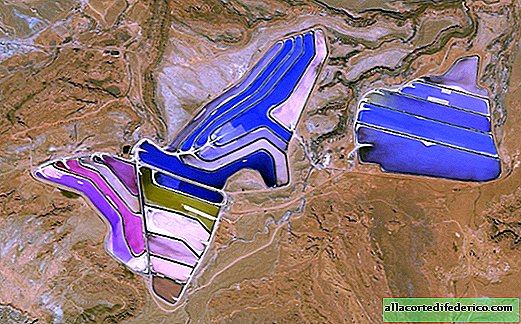Scientists have found that a huge amount of water flows through the Mariana Trench
Everyone knows that the Mariana Trench is the deepest part of the oceans. But this is also one of the most mysterious places on the planet. Here strange creatures live, which do not cease to amaze scientists, and very interesting processes take place. For example, in this place, water from the ocean seeps deep into the Earth.

The Mariana Trench refers to subduction zones. These are extended linear zones in which the oceanic crust sinks under the continental, or under the island arc. Moreover, cracks are formed at the junction of different types of the earth's crust, through which various mineral substances and sea water penetrate. Zones of subduction and associated with them deep-sea trenches, like the Mariana Trench, are most often located around the perimeter of oceans and seas around the globe. The Mariana Trench is located at the junction of the Pacific and Philippine lithospheric plates. Strictly speaking, the Mariana Trench is not a specific point on the map, but an extended deep-water zone at the junction of the plates. But the deepest part of this trench is called the Challenger Abyss.

Water leakage occurs not only in the Mariana Trench, but also in other subduction zones. But, of course, this water does not disappear without a trace, it is part of the global water cycle. The water that enters the bowels of the Earth, is there in the composition of various minerals and again returns to the surface as a result of volcanic activity.

Scientists from the University of Washington, conducting research in the Mariana Trench, have installed several seismic sensors in this area. Scientists estimate that in this place alone over the last year, about 111 tons of water per meter of fault flows out of the ocean into the bowels of the Earth. Previously it was believed that this figure was 3-4 times less, but recent studies have allowed scientists to reconsider the scale of losses.

















